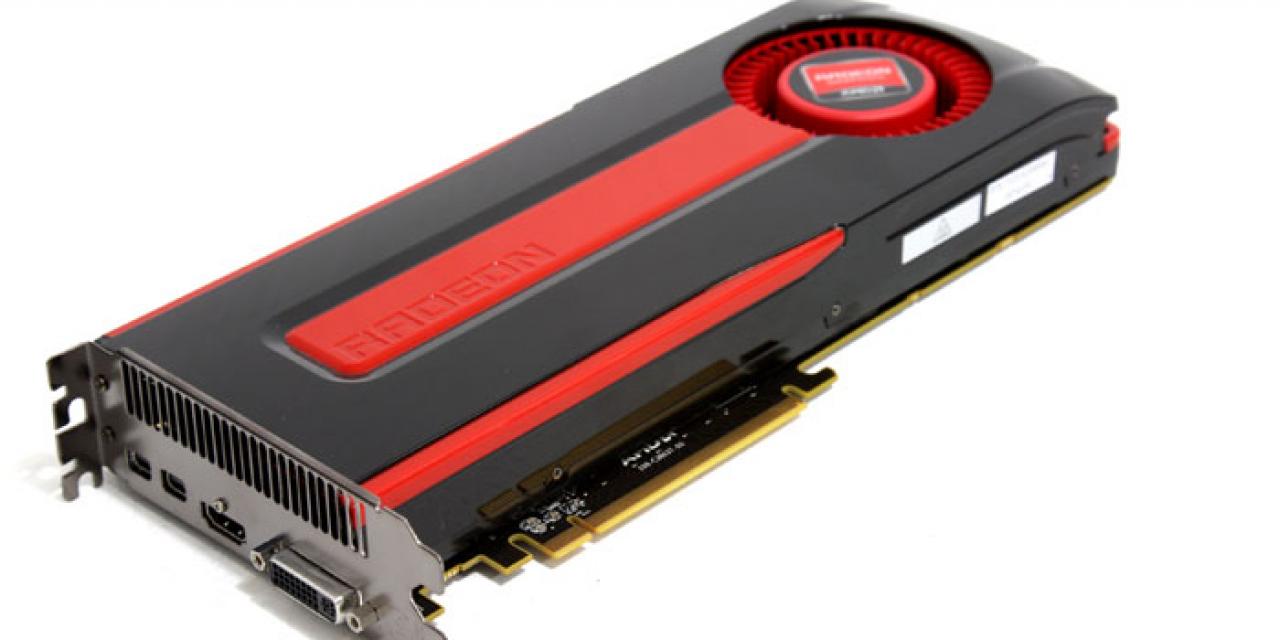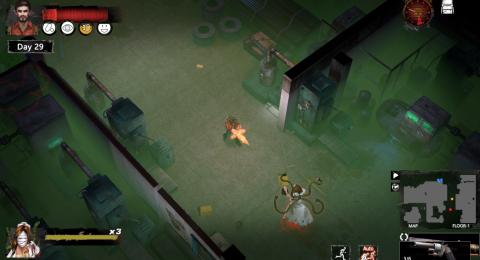
While doing a review comparing NVidia’s GeForce GTX 660 Ti to AMD’s Radeon HD 7950, TechReport reviewers were puzzled to find that although both cards had comparable FPS (Frames per Second), the Radeon HD 7950 felt much jerkier than the GTX 660.
After closer inspection, TechReport experts found that this jitteriness is due to the Radoen HD’s uneven frame latency. Simply put, frame latency is the time it takes the graphics to produce a single frame. Ideally, frame latency should be nearly constant for the same frame rate. But this doesn’t seem to be the case with AMD’s graphics cards.
After investigating the performance of the Radeon HD 7950 more closely, TechReports discovered that the card outputs a high-latency frame every few low-latency ones. In effect, giving the visual equivalent of stuttering or jitteriness while maintaining a high average frames per second.
Even when looking at minimum FPS, such frame latency spikes are not visible because they are "smoothed" by being averaged over a second. Nonetheless, the jitteriness effect they produce can be felt by most people.
When contacted for clarification, an AMD representative said that the report has "raised some alarms" at the company and that they hope to have some answers before the holiday.
Maybe it is about time minimum, maximum and average frame latencies should be part of all new graphics cards benchmarks. What do you think? If you have a Radeon HD card, please tell us whether you’ve felt the jerkiness mentioned here.








